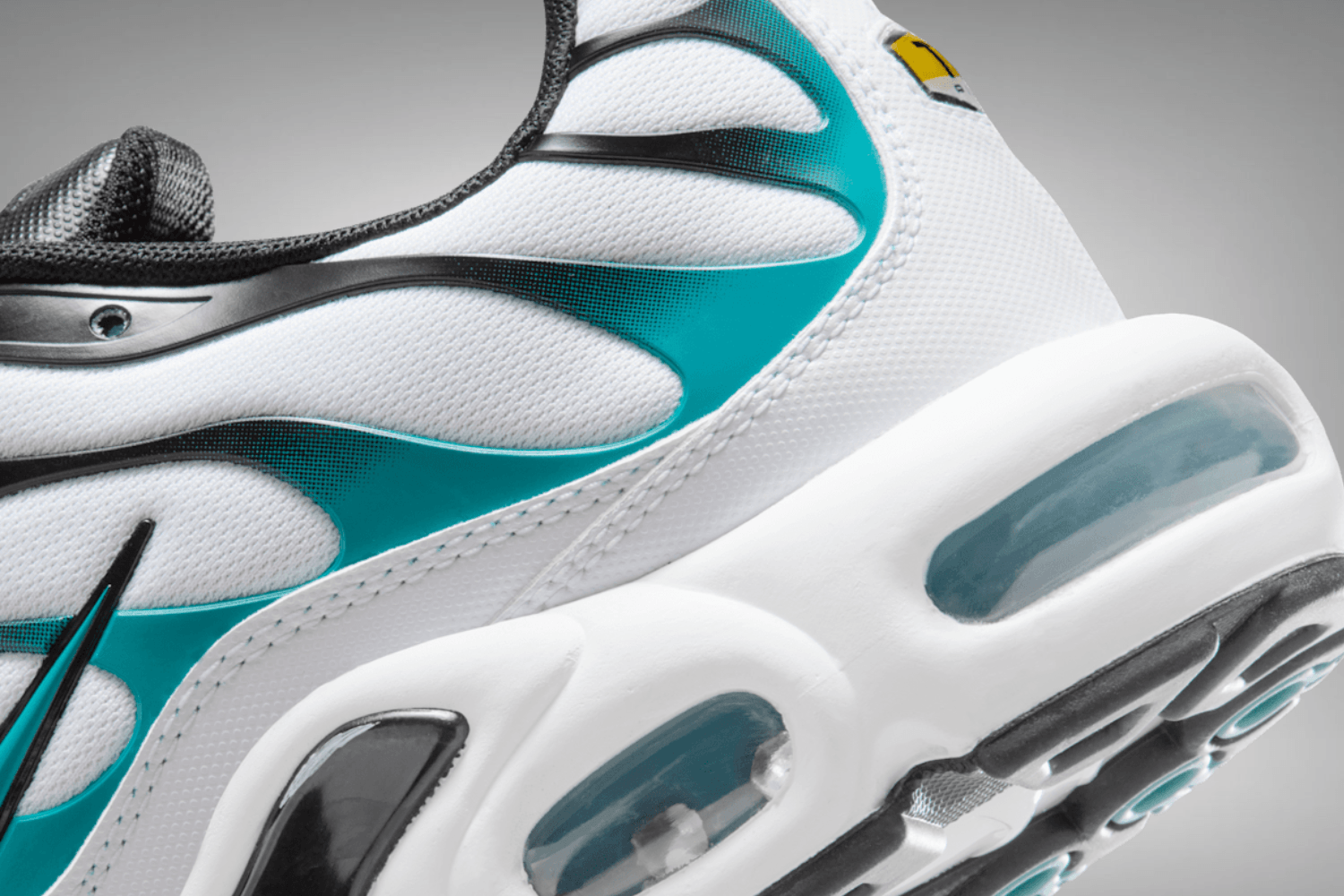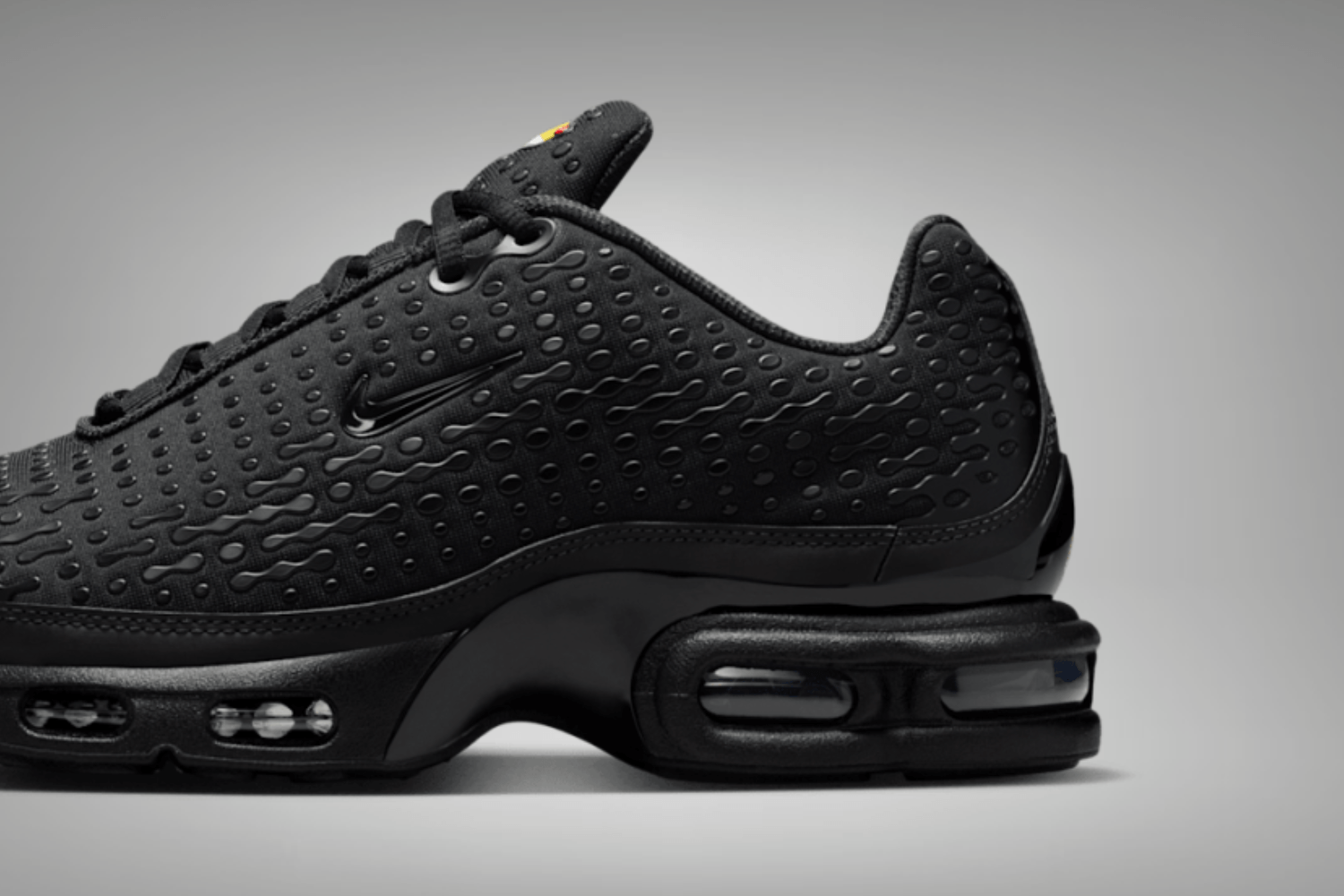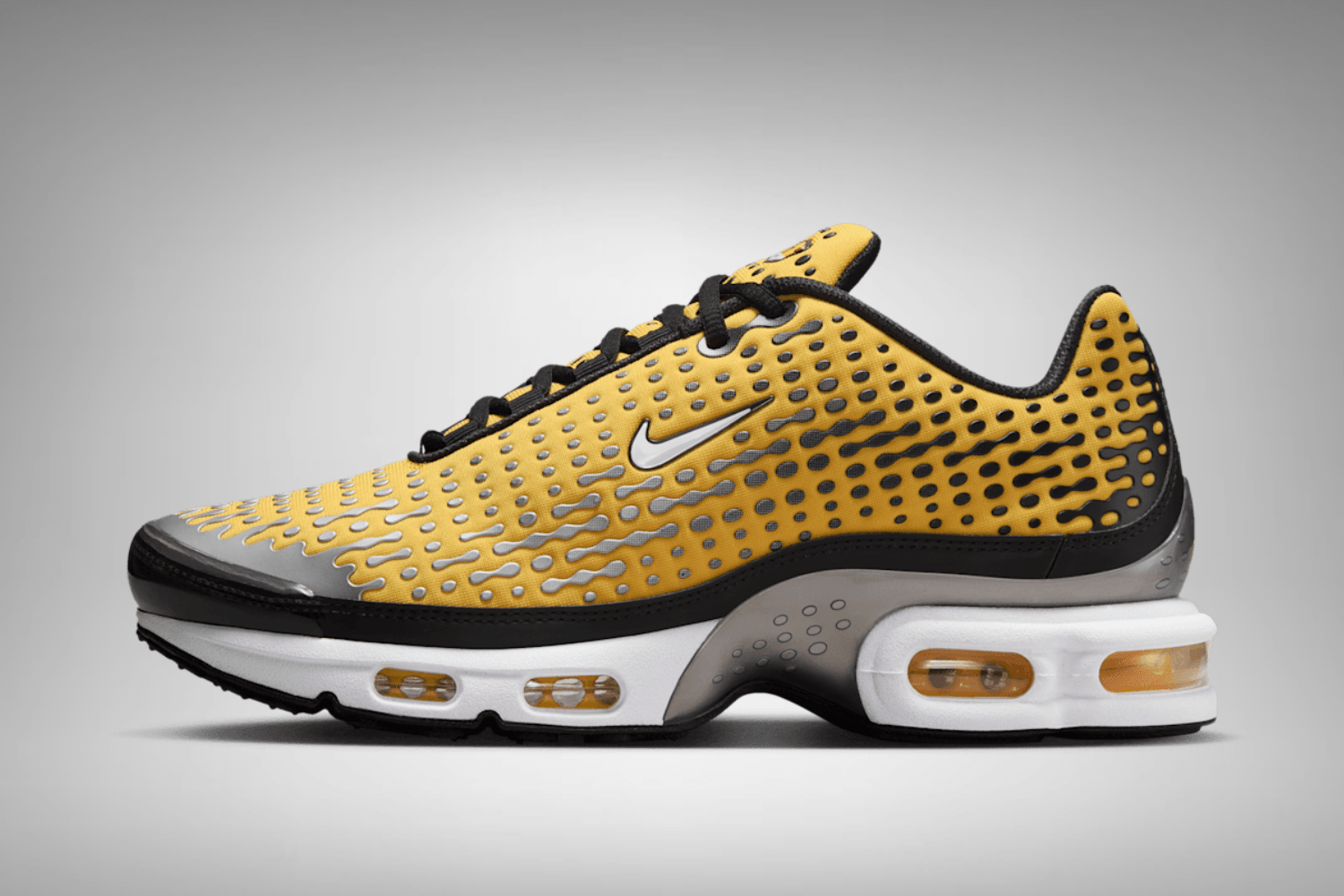Have you ever thought about lacing? At first glance, it might sound strange to think about how to tie your shoes properly, but for real sneaker heads, it's part of their passion. In fact, it can make a significant difference in style and aesthetics, but also in fit and comfort, and even help prevent blisters on the feet.
Depending on the lacing technique, the visual appearance of the sneaker can change significantly. Whether a sneaker fits well or is uncomfortable also depends on how tight or loose the shoe is laced. That's why we have a comprehensive guide for you here that will help you learn the most important techniques and that you can use as a guide.
Choosing the Correct Laces
Firstly, you need to know how to choose the correct laces, as this can make a noticeable different later on.
- Length: Shoelaces are available in different lengths. There are short laces for children's shoes, medium length laces for normal shoes and longer laces for high-cut boots, high top sneakers or special lacing techniques.
- Width: The width of the laces also varies, although sneakers generally tend to have wider laces than many other shoes.
- Material: Shoelaces are made from a variety of materials including cotton, polyester, nylon, leather and other synthetic fibers. Each material has its own characteristics in terms of durability, flexibility and grip.
To determine the correct length of the laces you need to count the eyelets of the shoe. You can use the table below as a guide and see which length is recommended for the corresponding number.
| 2 - 4 eyelets | approx. 45cm |
| 3 - 6 eyelets | 60 – 65 cm |
| 4 - 8 eyelets | 75 – 85 cm |
| 5 - 10 eyelets | 90 – 100 cm |
| 6 - 12 eyelets | 115 – 130 cm |
| 8 - 16 eyelets | 145 – 150 cm |
| 9 - 18 eyelets | 180 cm |
| 10 - 20 eyelets | 200 – 240 cm |
Lacing for Running
Have you ever noticed the extra hole on the sneaker, which is usually placed slightly offset at the top? Most shoes have it, but very few people know the reason for it.
In fact, the small top eyelet serves to reduce the risk of blisters forming when running. This allows you to lace the sneakers so that the foot has a particularly firm hold and does not slip in the shoe. The extra hole is also known as a "lace lock", "sneaker lock" or "runner's loop". There are various ways to incorporate the top eyelet into your lacing technique.
Loop Lacing
Lace your shoes normally, then thread the lace end back through the last hole to create a small loop. Feed each lace through the loop on the opposite side, pull tight, and tie normally. This lacing style is helpful if your shoes are a bit too big, or if your heels are rubbing.
Lock Lacing
Lace your shoes normally up to the second eyelet. Then feed the lace into the top eyelet on the same side, and cross the laces over. Feed each lace under the vertical section of the other side, pull tight, and tie normally.
High-Instep Lacing
Lace your shoes normally until you reach the instep area. Skip the criss-cross section here, threading your laces directly upwards to the next eyelet, and then continuing the pattern.
Wide Forefoot Lacing
Feed your laces directly up each side of the shoe from the bottom, then start the criss-cross section past the second eyelets.

Straight Lacing
A creative and simple way to tie shoes is straight lacing. Instead of running crosswise, the laces run horizontally across the shoe.
- Start by threading the lace straight across the bottom two eyelets, outside to inside.
- Take the right lace, and pull it up through the next eyelet above inside to outside, threading it directly into the eyelet across to the left, outside to inside.
- Take the left lace, and heading straight up, skip the eyelet the right lace is threaded through, and pull it through the next one, inside to outside. Then, place it through the eyelet directly across to the right, outside to inside.
- Take the right lace and do the same, heading up and skipping the eyelet the left lace is now threaded through. Pull it through inside to outside the next eyelet up, and thread it through the eyelet directly across to the left, outside to inside.
- Repeat until you get to the top. If you have an odd number of eyelets, cross the remaining lace and go through the next eyelet up, inside to outside.

Lacing for Style
Using the Nike Air Max Plus, we're going to show you four different ways to lace up your sneakers for casual wear.
08/15 Lacing

To lace up your Nike Air Max, begin at the bottom eyelets and work your way up, making sure the laces are even on both sides. Thread the laces through each set of eyelets, crossing them over the tongue as you go. Continue this pattern until you reach the top eyelets. Once laced, you can finish with a standard knot.
Loose Fit Lacing


This is a common lacing style seen on most sneaker wearers as it gives a loose running feel and an easy makeover for the shoe. This lacing style can be used in two different ways.
1. You can simply tighten the laces and press the loose laces into the inside of each shoe. This will definitely give you an extremely loose and comfortable feel in the shoe.
2. Lace a loop like the 08/15 lacing and hide it behind the tongue of each shoe. This gives you the exact same look, but you don't have to sacrifice the stable fit of the shoe.
Loose and Untied Lacing

This lacing style adds a nice bit of casualness to every sneaker. Similar to the Loose Fit, there's no loop or any other knot that makes it more stable. Here we have to pass the laces through the penultimate eyelet twice in order to shorten the laces. Then simply cross over and pull the laces through the top eyelet.
The Bun Knot

The last lacing technique is that of the bun knot. First tighten your sneakers with the laces. Then do the first step of a knot as usual and tighten your laces again. Grab both laces and take them in one hand. Wrap both laces twice around the index finger of your other hand and try to carefully remove the laces from your finger in their current form. Pull the laces through the hole created and at the same time push the knot you now have in the direction of the tongue of your shoe. A little straightening and pulling and the look is yours!
Follow along with the video below if you're having trouble with this more difficult lacing style:







